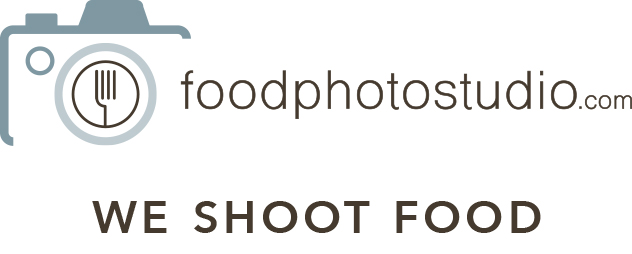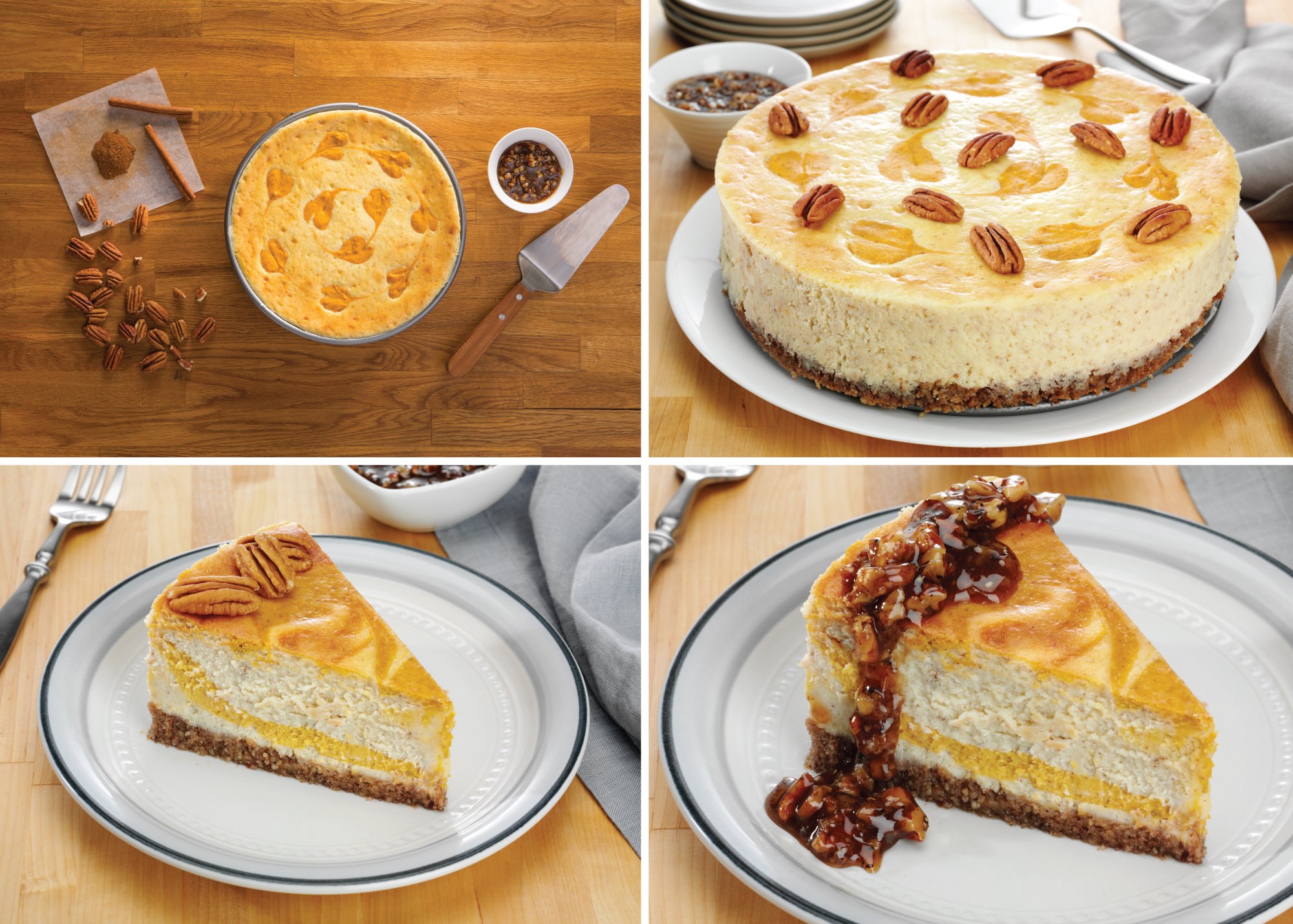It’s often said that a picture is worth a thousand words. Motion visuals by extension capture an entire story of their own.
Motion visuals are becoming an ever-present part of our lives, and it’s now more important than ever for businesses big and small to have them as a part of their marketing and social media materials.
Read on to learn:
Why you need motion visuals in your content library
3 common types of motion visuals (with examples)
Why You Need Motion Visuals in Your Content Library: 4 Reasons
Let’s establish why motion visuals are valuable to your business and its advertising and marketing efforts:
Motion visuals command your customers’ attention.
Motion visuals capture the viewer’s attention and hold it a bit longer than static images do. (We can’t help it, our eyes and brain are programmed to treat moving things with priority.) That’s essential when you’re vying for recognition in the fast-paced visual world of social media and websites.
Motion visuals let you depict a complex process, such as recipe execution, simply.
There's something to be said for telling a deeper story within a single frame. Motion is intriguing no matter what the subject is, but this is especially true with food brands because many content creation trends in food photography are recipe-based.
Take making an apple pie, for example. To show a recipe’s context in a still photograph, it would require that we put ingredients in small piles around the pie showing what was used to make it. With motion visuals, we can show so much more. Imagine all the various parts of the preparation: apples being cut, dough being rolled out, and the final apple pie being presented. It tells a more complete, visual story of your product.
Motion visuals can have a sound component.
Motion also allows the opportunity to incorporate sound. People recognize the audible aspects of food cooking or being prepared, like the sizzling of bacon or the crisp chop of a pepper. Done right, motion visuals allow the viewer to infer the smell and taste too, inspiring them to buy your ingredients to make the recipe and recreate the experience.
Motion visuals are fun — for you and your customers.
From a production standpoint, motion visuals give us the opportunity for playful experimentation. In a recent motion shoot, we first rolled a “naked” donut past the frame, then depicted stirring up the icing, icing the donut, and adding sprinkles at the end for a final delicious result.
The 3 Types of Motion Visuals
There are three main kinds of motion visuals that we create here at Food Photo Studio. We’ll run through what they are and the strengths and considerations for each.
For each example, we’ll share a concrete motion visual below. We conceived and produced these motion visuals with assistance from food stylist Beth Somers (website | Instagram). Thanks, Beth!
Motion Type #1: Video
The most common form of motion visual you’ll see out in the world, especially on social media. Video captures the actual items in motion as a continuous shot or series of continuous shots. Basically, motion is happening and we capture it.
Remember that donut video we just mentioned? Here’s the final product:
Video is the most time-consuming, priciest option, because it requires proper lighting setups and post-production editing. However it does give you the most full picture (no pun intended) of your vignette or scene.
Motion Type #2: Gif/Stop Motion
Gifs depict motion in a frame-by-frame setup, which is a bit easier to accomplish compared to video. It’s shot as a series of photos that, when strung together, creates a stop-motion effect. Looping the gif, or automatically replaying the gif once complete, is common but not a requirement.
Take a look at this cereal gif: Rather than simply taking a video of milk pouring into the bowl, we went for a more creative and dynamic approach to show the bowl filling a bit at a time.
Motion Type #3: Photo Depicting Motion
In contrast to a continuous video or a stop-motion gif, a photo depicting motion is just a single frame. In these shots, the viewer sees that motion was occurring at the moment the photo was taken.
For example, in this photo of the charcuterie spread, you can tell the honey is drizzling from the honey dipper when the photo was taken, even though the image isn’t actually moving at the time you see it.
Key Takeaways
Let’s face it: Incorporating motion visuals into your branding is the future of content creation. Motion visuals elevate your brand, giving it a more premium and attractive feel.
We urge our clients to add a motion component to each shoot that we do. It’s a relatively easy value-add, a way to create even more content from a set that’s already planned and in the works.














